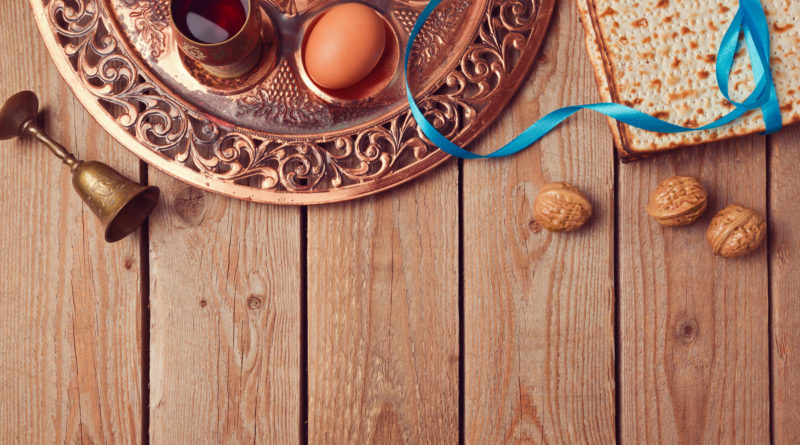Five Key Things To Know About Passover
1,125 total views, 2 views today
As Christians across the world prepare to celebrate Easter, Jews are looking forward to a major holiday of their own. Tonight, many Jewish families will gather for seders to celebrate Passover, also known as Pesach (the Hebrew word for “to pass over”). As with Easter, Passover symbolizes hope and the arrival of spring. If you’re interested in getting to know the lore behind Passover, start with these five key facts.
Passover isn’t just a one-day celebration
Although traditionally, many associate Passover with the nighttime seder celebration, the holiday runs far longer than just one day. Passover runs eight days outside of Israel, and seven days in Israel. On the Gregorian calendar for 2019, this date range translates to April 19-27.
Passover celebrates a major historical emancipation
Passover honors the emancipation of the ancient Israelites from Egyptian slavery. While inflicting the 10 plagues that freed the Israelites from their bondage, God is said to have passed over all Jewish homes during the final plague which killed all firstborn children, saving his wrath for the Egyptian slaveowners. Passover begins on the 15th of Nissan because this is when this final plague was enacted.
Passover includes temporary food restrictions
Matzah, a traditionally Jewish food, has long been associated with Passover. That’s because matzah is unleavened bread, and those who celebrate Passover cannot eat leavened bread during the holiday’s eight days. As the tale of the Israelites’ emancipation goes, the freed slaves fled so quickly that their bread simply did not have time to rise. When the Pharaoh learned of the death of all Egyptian firstborns, he is said to have immediately ordered expedited their departure before their bread could rise, so matzah is reflective of Passover’s narrative.
This restriction also reflects the Chassidic notion that leavened bread represents undesirable traits such as self-aggrandizement and ego, whereas matzah represents modesty and humility.
Passover includes two seders
Whereas families gather on Easter Sunday for dinner, families gather on two nights of Passover for a special meal known as a seder. For Passover 2019, seders will take place on April 19 and April 20. (There is only one seder in Israel.)
During a seder, the story of the exodus is told from a classic Jewish text called the Haggadah. Maror and matzah are served, as other symbolic foods such as shankbone, egg, and bitter herbs known as maror are on display. Each of these foods represents, respectively, the lamb sacrifice, springtime, and the bitterness of the Israelites’ slavery.
Passover seders include a fun game
Many children who have gone to Passover seders fondly recall the afikoman. Although this game is intended for kids, it can be exciting for people of all ages. As part of the seder ceremony, someone breaks a piece of matzah in half. That person hides one of the halves somewhere in the house, and it’s up to the children to find it. Families motivate the kids by offering a prize to the winner.
If you’re celebrating Passover, enjoy your seders and don’t hold back on eating plenty of matzah!

